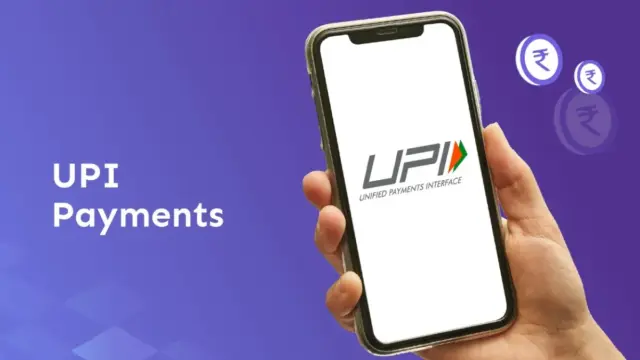
The Unified Payments Interface (UPI) has revolutionized digital payments in India, offering a seamless and instant way to transfer money between bank accounts. However, recent announcements indicate that certain UPI transactions might face disruptions starting February 1st. This has left many users wondering about the implications for their daily transactions and financial activities. Let’s delve into the details of this development and understand what it means for you.
Starting February 1st, users who have exceeded the prescribed limit of 20 UPI transactions from a single Virtual Payment Address (VPA) in a day will be temporarily blocked from making further payments. This move is primarily aimed at enhancing the security of the UPI ecosystem and curbing potential misuse. While this change might cause inconvenience to some users, it’s crucial to remember that it’s ultimately geared towards ensuring a safer and more reliable payment experience for everyone.
Understanding the New UPI Transaction Limit
The National Payments Corporation of India (NPCI), the governing body for UPI, has introduced a daily cap of 20 transactions for users initiating payments from a single VPA. This limit applies to all UPI-enabled applications, including popular ones like PhonePe, Google Pay, Paytm, and others. Once a user reaches this limit, they will be temporarily prevented from initiating further UPI payments from that particular VPA for the rest of the day.
It’s important to clarify that this restriction applies only to the number of transactions initiated from a single VPA. Users can still receive payments without any limitations. Additionally, if a user has multiple VPAs linked to their bank account, they can switch to a different VPA to continue making payments.
Reasons Behind the Transaction Limit
The decision to impose a transaction limit stems from several key considerations:
- Security Enhancement: Limiting the number of transactions per VPA reduces the risk of unauthorized access and fraudulent activities. By restricting the potential damage from a compromised account, NPCI aims to bolster the overall security of the UPI ecosystem.
- Preventing Misuse: The new rule helps prevent the misuse of UPI for activities such as spamming, where a large number of low-value transactions might be carried out from a single VPA.
- Fair Usage and Resource Management: Ensuring fair usage of the UPI infrastructure is crucial for its long-term sustainability. By imposing a transaction limit, NPCI aims to prevent any single user from disproportionately utilizing system resources.
Impact on Users and Businesses
The impact of this change will vary depending on individual usage patterns. For most users who typically make a limited number of daily transactions, this change might not have any significant impact. However, users who frequently use UPI for a large number of transactions, such as small businesses, merchants, or individuals making multiple small payments, might need to adjust their payment strategies.
Businesses that heavily rely on UPI for receiving payments might need to explore alternative payment options or encourage customers to use other methods like QR codes or direct bank transfers for larger transactions.
Adapting to the New UPI Transaction Limit
Here are some ways users can adapt to the new transaction limit:
- Utilize Multiple VPAs: If you anticipate exceeding the 20-transaction limit regularly, consider creating multiple VPAs linked to your bank account. This allows you to switch between VPAs if you reach the limit on one.
- Explore Alternative Payment Methods: For larger transactions or when you’ve reached the UPI limit, consider using other payment options like NEFT, RTGS, IMPS, or debit/credit cards.
- Plan Your Transactions: Be mindful of the transaction limit and plan your UPI payments accordingly. Prioritize essential payments and explore alternative methods for less urgent ones if you’re nearing the limit.
Implications for the Future of UPI
The introduction of the transaction limit signifies a move towards a more mature and regulated UPI ecosystem. While it might cause some initial adjustments for users, it’s ultimately a positive step towards ensuring the long-term security and sustainability of UPI payments in India.
As UPI continues to evolve and adapt to the growing needs of users, we can expect further refinements and enhancements to the system. These changes are crucial for maintaining UPI’s position as a leading digital payment platform and driving financial inclusion in India.
The new UPI transaction limit is a significant development that underscores the commitment to enhancing security and promoting responsible usage of the platform. While it might require some adjustments for certain users, it’s a necessary step towards ensuring a robust and reliable UPI ecosystem for everyone. By understanding the implications of this change and adapting accordingly, users can continue to enjoy the convenience and benefits of UPI payments while contributing to a safer and more secure digital payment landscape.


















